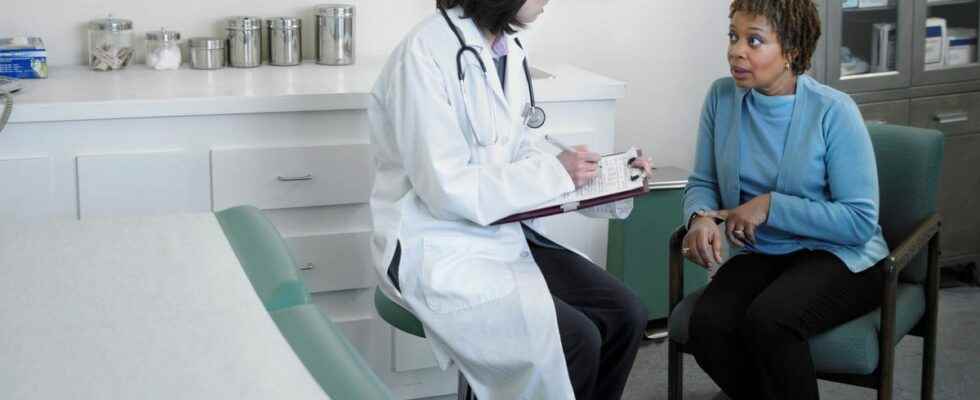Published on
Updated
Reading 1 min.
According to a recent study, the use of ospemifene and systemic hormone therapy could improve the symptoms of vulvovaginal atrophy, in particular vaginal dryness, by acting directly on the vaginal microbiome, reducing harmful bacteria.
Vulvo-vaginal atrophy (or AVV) is not a rare pathology, far from it. Its mechanism is relatively simple: as women age, their estrogen levels decrease, which leads to thinning of the vaginal walls and less lubrication of the vagina. The chronic disease is however under-treated whereas it would affect about 50% of postmenopausal women. But a new study published in the journal Menopausethe journal of the North American Menopause Society (NAMS), January 25, reports that treatment with ospemifene and systemic hormone therapy may improve symptoms and comfort, taking care of the vaginal microbiome.
The microbiome differs in women with vulvovaginal atrophy
This is not the first time that the role of the microbiome has been discussed and studied in AVV. It is known, for example, that in moderate cases, atrophy is characterized by a marked reduction in lactobacilli (healthy microorganisms), as well as an increase in other opportunistic bacteria such as Gardnerella, Streptococcus and Prevotella.
In this latest US study, researchers sought to compare the microbiome profile of women with VVA with those of healthy postmenopausal women, to assess the effect of ospemifene (a selective estrogen receptor modulator) and of systemic hormone therapy on the composition of the vaginal microbiota.
With what results? First a confirmation: the vaginal microbiome of women with VVA differs significantly from that of healthy postmenopausal women.
Would treating AVV be possible?
But the study also suggests a treatment track since ospemifene and hormone therapy would lead to a better state of vaginal well-being by reducing potentially harmful bacteria at the local level. Further studies are needed to support the fact that the ecosystem of the vagina could benefit from this modification by this selective estrogen receptor modulator. For the moment, only the vaginal lubricantsmoisturizers, as well as vaginal estrogen, may provide some relief, depending on the severity of symptoms.
